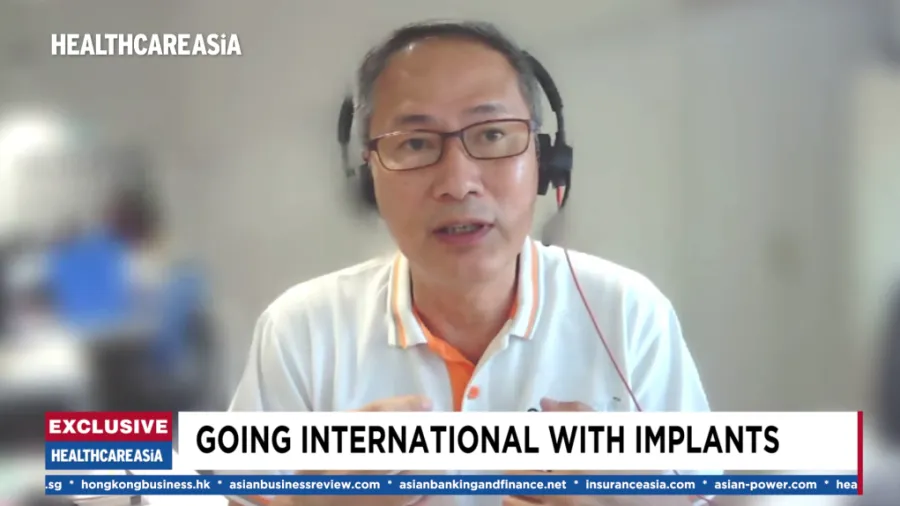
Why Singapore’s Osteopore chooses to expand in South Africa
To mark the expansion, the firm sent the first shipment of cranial regenerative implants.
Since 1996, Osteopore, a Singaporean-based firm specialising in 3D medical implants, has helped in neurosurgical, orthopaedic, and maxillofacial surgeries. Almost two decades later, the medical device manufacturing firm is moving to extend its operations in South Africa after several breakthroughs.
What made Osteopore push through advancements in South Africa is the digital and life sciences technology in the region. Amongst the ground-breaking innovations, dating back to December 1967, was when South African surgeon Dr. Christian Barnard performed the world’s first heart transplant.
A news report also showed that the digital health and life sciences market in South Africa was at $3.2b backed by the infrastructure and government policies.
With this, Osteopore sent its first shipment of cranial regenerative implants to the region, where it is in the process of reimbursement from healthcare systems to allow patients to benefit from the technology.
Healthcare Asia interviewed Osteopore CEO Khoon Seng to discuss their firm’s expansion plans in South Africa, how their technology works, and their plans to expand services in other markets.
What services do you currently offer?
Osteopore makes a 3D implant, a polymeric implant that has this microporous structure with 100% interconnected pores that enable cells and blood vessel ingrowth.
Over time, it will dissolve in the body, breaking down into water and carbon dioxide, so the cells and blood vessels that grow into this porous structure will eventually turn into the tissue
If bone-related growth factors and cells are added, they’ll turn into bones. If let's say, adipose cells or fat cells are added then it’ll regenerate fat tissue; the scaffold will provide a structure where cells are growing into.
We also use 3D printing as our manufacturing technique.
The US Food and Drug Administration approved our range of craniofacial applications for sale. This product is also registered in various other countries, with approved market access jurisdiction.
Also important to note is that, as of the end of last year, we have 60,000 implants already, with negligible adverse events.
What made you expand to South Africa?
South Africa is the most developed part of the whole African continent. It is very modern, like any other major city in the world. They have the best treatment care for their patients. To us, South Africa would have the capability to appreciate the technology and definitely adopt this technology for their patients.
Can you assess Osteopore’s first shipment of cranial regenerative implants to South Africa?
We made a strong impression with our technology and surgeons have successfully implanted our products in neurosurgical cases.
I am encouraged by the quick initial adoption, and we are in the process of getting reimbursement from the healthcare systems so that more patients can benefit from our technology.
For better understanding, can you walk us through the patient's journey and go through the regenerative process?
Well, we have two types of products. One is available off-the-shelf. During the surgery, if the surgeon chooses to use the product, they will be able to use it off the shelf and apply it to the patient.
There is another type of product that we provide, which is customised devices.
For example, if they have to remove the skull bone, they have the option of storing the skull bone in a freezer or sometimes in the peritoneum of the patient. However, if the bone had been stored for too long, it might become unviable. In that situation, the surgeon may decide that they cannot reuse this bone. Hence, they can order a customised implant from us, that will fit the skull defect.
In order to do this, the surgeon will do a computerised tomography (CT) scan on the patient, and after that, we will input it into software to convert the CT scan into a 3D model.
The engineer will use the software to design the implant that is required. We will share this all with the surgeon. This is part of the surgical planning. They will decide if the fit is what they want or if there are certain things that they need us to adjust.
When it's all confirmed, we will have another software that has been jointly developed with A*Star SimTech in Singapore, which will convert this 3D design into print codes that will be uploaded into our 3D printer, to guide the printing of the device.
After the device is printed and sterilized, we will pack and ship it to the patient. The medical practitioners will receive the device in a sterile manner, and can be immediately implanted.
During surgery, the surgeon will extract bone marrow from the patient's hip through a needle and soak our customized product in the bone marrow. After 15 minutes or 20 minutes, you'll see that it's slightly coagulated. This step initiates and stimulates the bone regeneration process.
That's when we can implant it.
When it's slightly coagulated, the surgeon will take this piece of scaffold and insert it into the defect, they could either use screws or stitch it down.
How could this process be made more readily available for patients? Are you also planning to expand our support services to other countries?
Yes, besides distribution, there are requests for our company to help set up our manufacturing, specially customised devices in hospitals, and we are looking into that.
However, I think in order to build up the process so that we can provide the best service, we are in the middle of setting up one in Singapore, so that we could work out the process. When we expand this overseas, it will be more efficient. We know what to look out for, to make it a successful project.
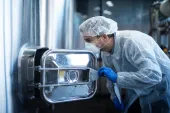
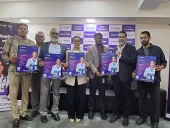
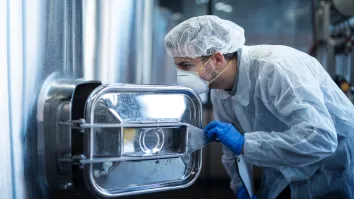

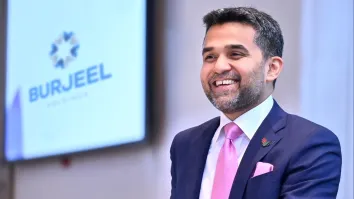
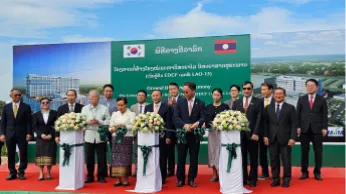













 Advertise
Advertise







